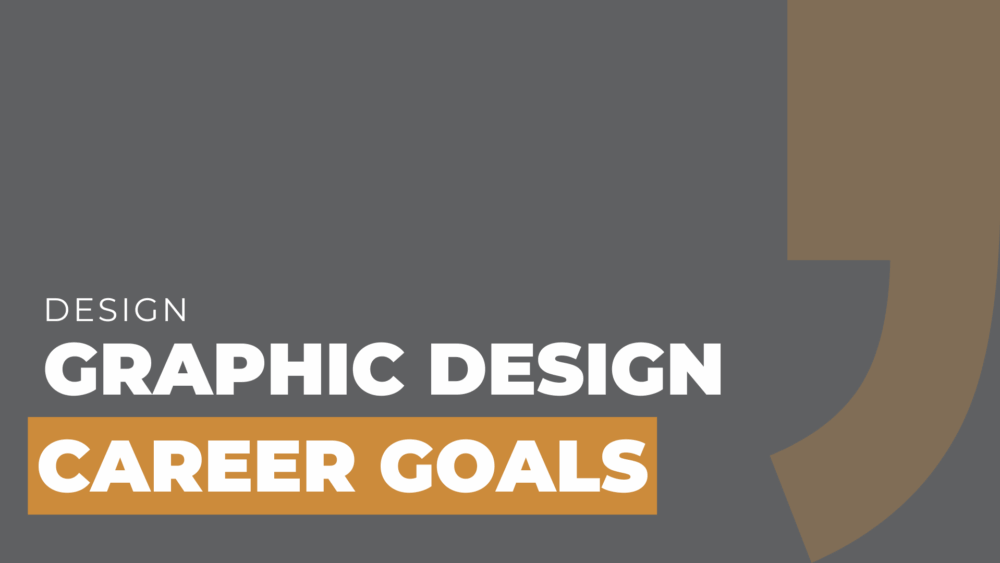Setting clear graphic design career goals helps you build a strong path in the industry.
Whether you’re new to the field or looking to grow, defining your goals can give you direction and purpose.
Graphic design career goals often focus on mastering design skills, building a unique portfolio, and expanding your professional network.
Once you meet the most common graphic design job requirements, such as proficiency in design software and strong communication skills, you can decide if you want to specialize or take on a director or manager position.
These goals help you stay focused on what matters most while positioning yourself for long-term success.
How Can Setting Graphic Design Career Goals Help You Stay Motivated?
Setting graphic design career goals provides a roadmap for your professional journey.
By clearly defining what you want to achieve, you can break down large objectives into manageable tasks.
This approach keeps you motivated and focused, preventing you from feeling overwhelmed by the larger picture.
For instance, if your goal is to secure a job in an advertising agency, setting smaller milestones like becoming proficient in a new design tool or building a specialized portfolio can help you move closer to that objective.
What Role Does Continuous Learning Play in Achieving Graphic Design Career Goals?
Continuous learning is vital in the ever-evolving field of graphic design.
To stay competitive, you must keep up with the latest trends, tools, and techniques that support your graphic design career goals.
Career goals that include ongoing education, such as attending workshops or obtaining certifications, help you stay at the forefront of the industry.
For example, mastering new software like Figma or digging into emerging areas like UX/UI design can open new opportunities and make you more versatile as a designer.
By committing to lifelong learning, you see to it that your skills remain sharp and relevant, positioning you for long-term success.
How Can Graphic Designers Develop and Refine Their Personal Design Style?
Your personal style is what makes you stand out.
It’s the signature that clients and employers recognize.
Like creating a masterpiece, developing a unique design style takes time.
Think of it as exploring different techniques and colors, like an artist experimenting with a new palette.
Maybe you admire the bold simplicity of Paul Rand’s work, but your style will grow from your own experiences.
Try different projects, gather feedback, and don’t be afraid to take creative risks.
Over time, you’ll find a style that feels natural and authentic; one that clients can identify with instantly.
In a creative hub like Atlanta, where new ideas are always flowing, your style will be the key to unlocking opportunities.
How Does Networking Contribute to a Successful Graphic Design Career?
Networking is like planting seeds.
The more connections you make, the more opportunities you create for yourself.
It’s not just about finding clients; it’s about building relationships that can help you grow and stay inspired.
In places like Atlanta, where design communities are thriving, meeting other creatives can spark new ideas and lead to exciting collaborations.
Joining online groups or attending local design meetups can open doors to collaborations and even mentorship opportunities.
Building strong connections is a key factor in what makes a graphic designer qualified, as it not only strengthens your portfolio but also exposes you to diverse ideas and opportunities you may not have expected.
At the End of the Day
Your graphic design career goals will guide you through the ups and downs of the design world.
By honing your personal style, building a diverse portfolio, mastering essential tools, and expanding your network, you’ll be prepared for the challenges ahead.
Remember, this journey is about more than just reaching your goals; it’s about growing, learning, and finding your place in a field where creativity reigns.


Comments are closed.